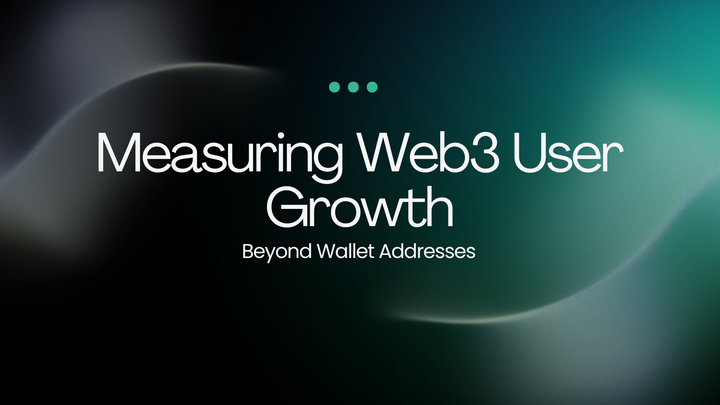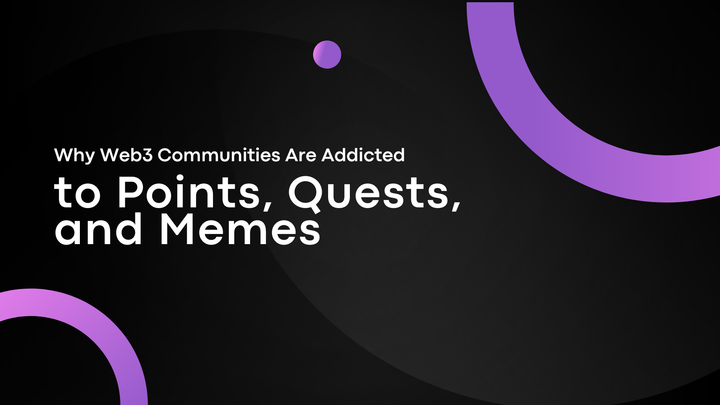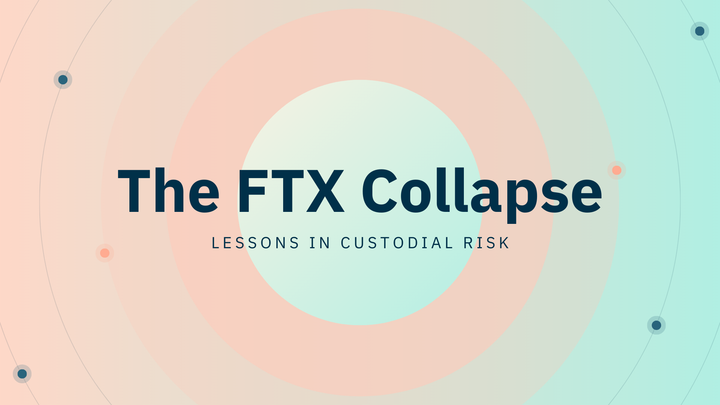How On-Chain Analytics Tools Like Nansen and Dune Help Crypto Traders

In the fast-moving world of crypto, having the right data can give traders a huge advantage. That’s where on-chain analytics tools come in. These tools help traders track and analyze what’s happening on the blockchain in real time — so they can make smarter, faster decisions.
In this article, we’ll explain what on-chain analytics is, how it works, and how platforms like Nansen and are changing the game for crypto investors and traders.
What Is On-Chain Analytics?
On-chain analytics means analyzing data directly from the blockchain. This includes things like:
- Wallet activity
- Token transfers
- Smart contract usage
- DeFi protocol movements
Since blockchains are public, anyone can see this data. On-chain tools organize and visualize it to make it useful for trading decisions.
Why Is On-Chain Data Useful for Traders?
Traders use on-chain data to:
- Spot trends early
- Track big investors (“whales”)
- Follow money movements
- Detect rug pulls or pump-and-dump schemes
- Analyze DeFi protocols and token health
It’s like having a window into what’s really happening behind the scenes.
Popular On-Chain Tools and How They Help
🔍 1. Nansen
What it does:
Nansen tracks wallet addresses and labels them (e.g., exchange wallets, whales, insiders). It also shows token flows and wallet activities in real time.
How it helps traders:
- Smart Money Tracker: Shows what top-performing wallets are buying or selling.
- Token God Mode: Gives deep insights into token holders, transfers, and liquidity.
- Alerts: Notifies users when big moves happen.
Example:
A trader might notice that top wallets are buying a small token before it pumps — allowing them to follow early.
2. Dune Analytics
What it does:
Dune is a dashboard-based tool that lets users create and share custom blockchain data reports using SQL queries.
How it helps traders:
- Analyze DeFi protocols like Uniswap, Aave, and Compound.
- Track wallet activity, TVL (total value locked), and fees.
- Create real-time dashboards for trending tokens or platforms.
Example:
A trader could track how many users are locking funds in a new DeFi platform to decide if it’s gaining momentum.
Other Useful On-Chain Tools
- Glassnode: Focuses on Bitcoin and Ethereum network data (e.g., active addresses, inflows to exchanges).
- Token Terminal: Shows financial metrics of crypto projects, like earnings and users — like a Bloomberg terminal for crypto.
- Arkham Intelligence: Focuses on wallet identities and tracing large-scale activity.
How Traders Use On-Chain Tools in Real Life
- Front-run opportunities: Spot token movements before price changes.
- Avoid scams: See if insiders are dumping tokens or if liquidity is drying up.
- Follow whales: Copy the moves of high-performing wallets.
- Evaluate protocols: Decide which DeFi or NFT projects are gaining real traction.
Pros and Cons of On-Chain Tools
✅ Pros:
- Real-time data
- Transparent and trustworthy (pulled directly from blockchain)
- Gives early signals of market moves
❌ Cons:
- Can be complex for beginners
- Some tools require paid plans
- Misreading data can lead to wrong decisions
Conclusion
On-chain analytics tools like Nansen and Dune are powerful allies for crypto traders. By giving real-time insights into blockchain activity, these tools help users make smarter moves, follow smart money, and avoid risky projects.
As crypto evolves, mastering on-chain analysis could be the key difference between winning and losing in the market.



Comments ()